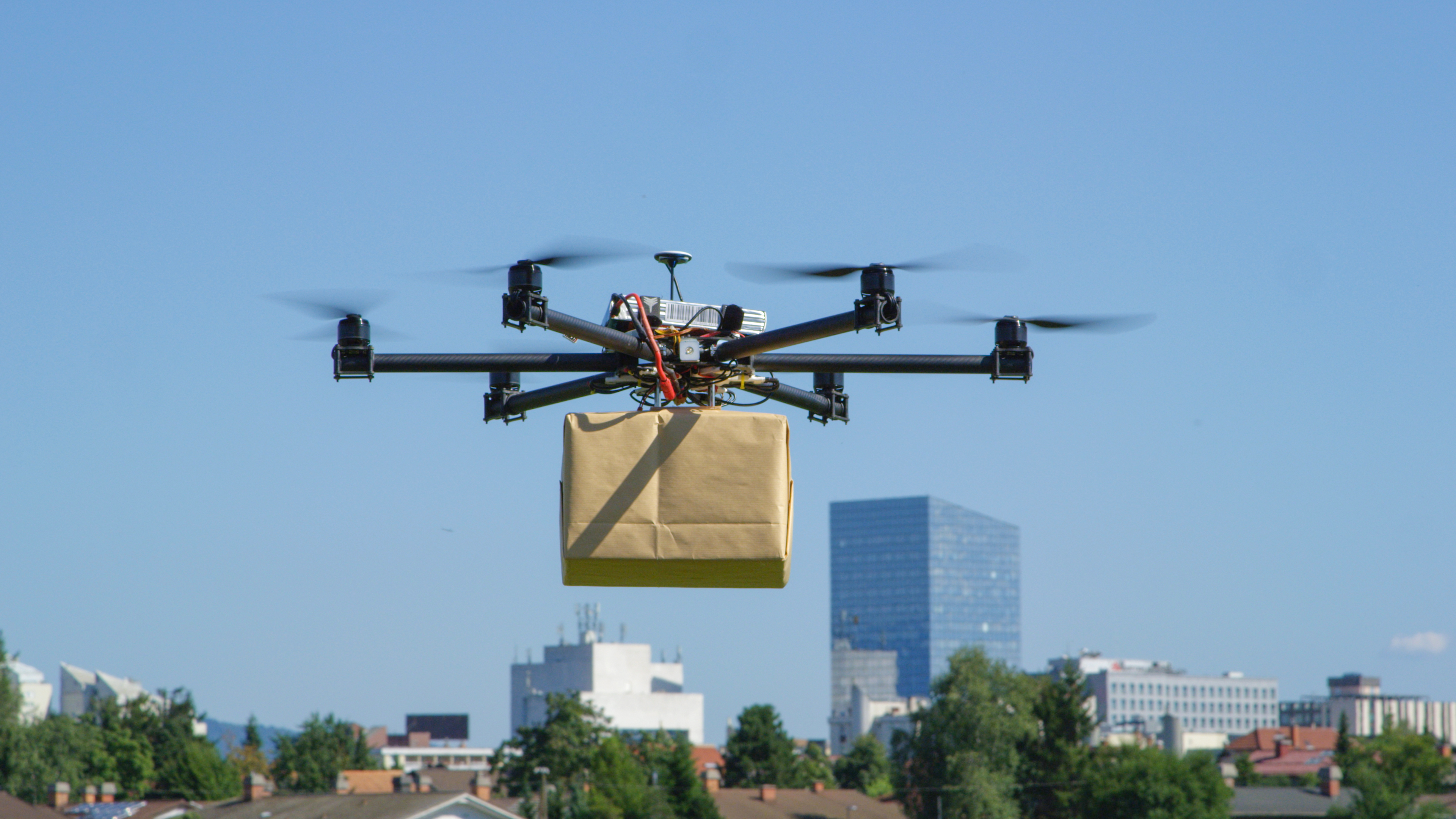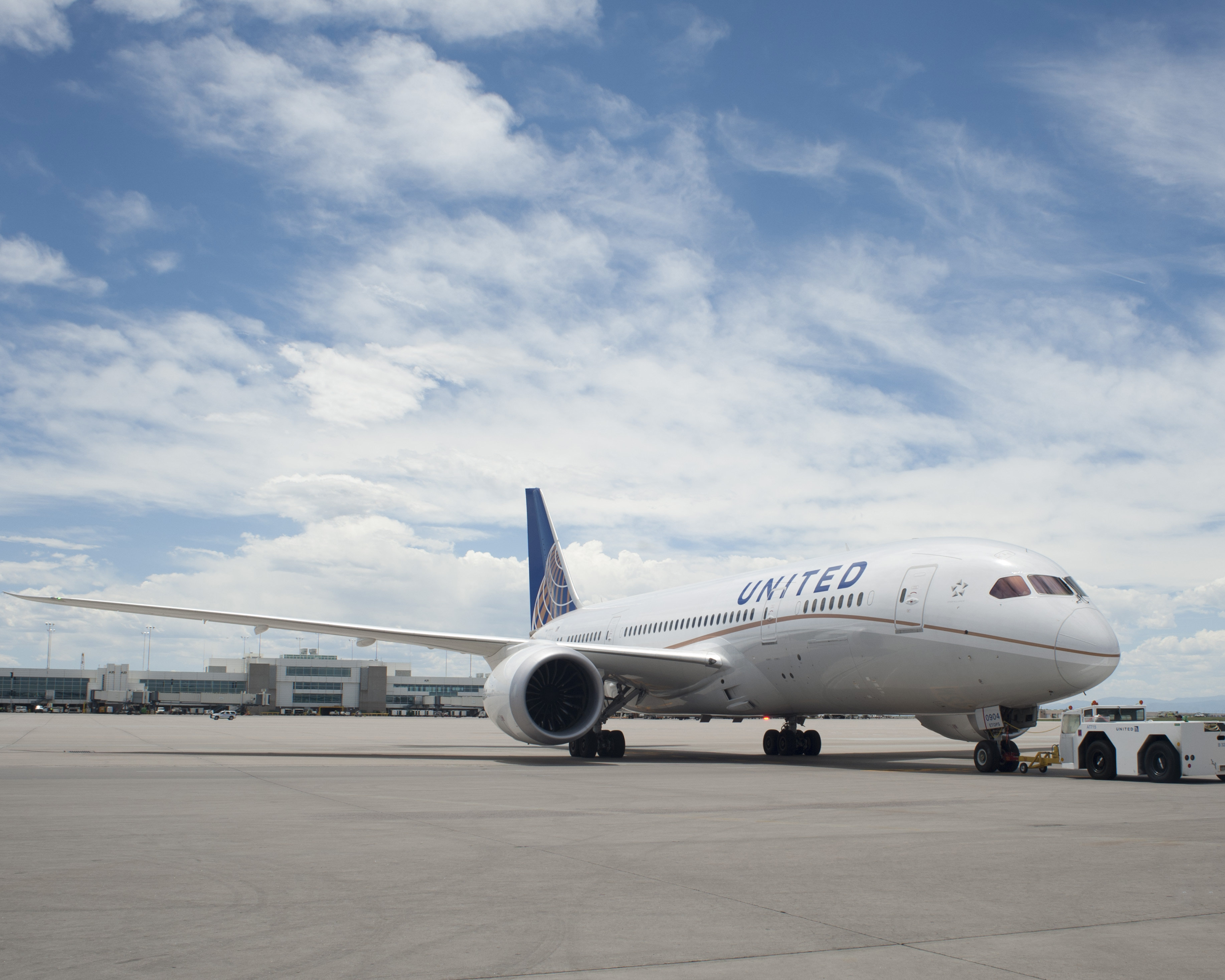From military applications to amateur photography, drones are growing in popularity, and drone stocks are consequently flying onto investors' radars. According to Grand View Research, the global drone market size is estimated at $73.1 billion in 2024, and it's projected to climb to $163.6 billion by 2030 at a compound annual growth rate (CAGR) of 14.3% from 2025 to 2030.
Let's take a look at some of the leading drone investment opportunities to see which are best for individual investors.

Best drone stocks to buy now
Drone technology continues to improve, and new applications for uncrewed vehicles -- such as food delivery -- are continually being explored. The U.S. Department of Defense, for example, is currently investigating the development of uncrewed vehicles that use artificial intelligence (AI) through its Replicator initiative.
Investors have a wide variety of stocks to consider when looking for exposure to drones. Although they may be unable to invest in leading recreational drone companies like DJI (a privately held company), there are plenty of drone stocks for investors to consider. Let's look at some of the most promising options.
| Name and ticker | Market cap | Dividend yield | Industry |
|---|---|---|---|
| AeroVironment (NASDAQ:AVAV) | $14.2 billion | 0.00% | Aerospace and Defense |
| Boeing (NYSE:BA) | $145.8 billion | 0.00% | Aerospace and Defense |
| Northrop Grumman (NYSE:NOC) | $80.4 billion | 1.55% | Aerospace and Defense |
1. AeroVironment

NASDAQ: AVAV
Key Data Points
With a market capitalization of about $12.3 billion, AeroVironment is a smaller drone manufacturer compared to major defense companies like Boeing and Northrop Grumman. However, it's an essential consideration for people who want concentrated drone exposure.
A pure play on drones, AeroVironment provides autonomous military vehicles (both ground-based and aerial) to the U.S. government and more than 55 other countries. The company is also focused on non-military applications.
AeroVironment is developing its high-altitude, solar-powered drone, Sunglider, to help provide broadband access. The company also partnered with NASA on Ingenuity, which NASA lauds as "the first aircraft to achieve powered, controlled flight on another planet."
In an effort to further expand its autonomous vehicle offerings, AeroVironment acquired BlueHalo in May 2025. Management expects the acquisition to immediately contribute to revenue, adjusted earnings before interest, taxes, depreciation, and amortization (EBITDA), and non-GAAP (adjusted) earnings per share in the first full fiscal year after the deal closes. Besides maritime drones, BlueHalo designs a variety of autonomous vehicles that provide militaries with sophisticated AI-based capabilities.
While it may be smaller than some of its peers, AeroVironment is off to a strong start in fiscal 2026, booking sales of $454.7 million for the first quarter, which represents year-over-year growth of 140%. Plus, the company recognized improved profitability. Adjusted EBITDA for the first quarter of fiscal 2026 was $56.6 million compared to $37.2 million for the same period last year.
Management is confident about sustained growth in the remainder of fiscal 2026. In addition to guiding for fiscal 2026 revenue of $1.9 billion to $2 billion, the company projects adjusted EBITDA of $300 million to $320 million. For context, AeroVironment reported sales and adjusted EBITDA of $820.6 million and $146.4 million, respectively.
People who count themselves as fans of Cathie Wood will also be attracted to AeroVironment since the stock is a major holding in the ARK Autonomous Technology & Robotics ETF (ARKQ -0.55%) and the ARK Space Exploration & Innovation ETF (ARKX -0.63%).
2. Boeing

NYSE: BA
Key Data Points
As the largest aerospace and defense stock based on market cap, Boeing may be most recognizable for its manufacturing of commercial aircraft, but the company is also a leader in uncrewed vehicles. As an industrial stalwart, Boeing is well suited for more conservative investors less interested in exposing themselves to risk.
Boeing has drones suited for a variety of settings. The company has two uncrewed maritime vehicles: the Wave Glider, which operates on the ocean's surface, and the Echo Voyager, an underwater autonomous vehicle that can operate for months at a time.
In the wild blue yonder, Boeing is developing the MQ-25, an uncrewed aerial refueling vehicle, which is expected to begin operations in 2026.
In addition to the MQ-25, Boeing is developing the MQ-28. An uncrewed fighter jet, the MQ-28 incorporates AI and has a range of more than 2,000 nautical miles. Extending into the final frontier, Boeing has also developed the X-37B, an uncrewed vehicle that operates in low Earth orbit and is capable of flights lasting as long as 270 days.
It has been a turbulent few years for Boeing, but the company appears to be making progress towards flying right again. Through the first half of 2025, Boeing reported revenue of $42.2 billion compared to $33.4 billion in the first half of 2024. Boeing also narrowed its outflow of operating cash. Through the first two quarters of 2025, Boeing reported an operating cash flow of negative $1.4 billion compared to negative $7.3 billion in the first half of 2024. Another encouraging sign is that as of the end of the second quarter of 2025, Boeing had a backlog of $522 billion.
3. Northrop Grumman

NYSE: NOC
Key Data Points
Similar to Boeing, Northrop Grumman is a large defense contractor, although its drone offerings are more sizable. Plus, it offers investors the ability to generate some passive income with an investment.
Northrop Grumman manufactures the MQ-4C Triton, which is used by the United States and Australia to conduct reconnaissance operations over oceans and coastal areas. Capable of 24-hour continuous missions, the Triton has a flight range of 8,200 nautical miles.
The RQ-4 Global Hawk, on the other hand, can operate continuously for more than 30 hours. It has logged more than 320,000 hours of flight time since it commenced its operations in 2001 for the U.S. Air Force.
Depending on its use -- reconnaissance, target acquisition, or communications relay -- Northrop Grumman's Bat drones can be fitted with different fuel tanks and sensors. Rounding out the drones found in the company's drone fleet are the MQ-8B Fire Scout and the NATO Alliance Ground Surveillance (AGS).
Northrop Grumman characterizes the Fire Scout as the U.S.'s "Navy's next-generation autonomous helicopter." It has completed more than 16,600 hours in flight and is capable of autonomous takeoff and landing from ships and landing zones. The NATO AGS is a high-altitude, long-endurance uncrewed vehicle that 15 NATO forces operate to share intelligence with other NATO allies.
Northrop Grumman will be especially appealing for drone investors who are also dedicated to finding dividend stocks. The company has raised its distribution for 22 consecutive years. From 2013 through 2024, the dividend has increased at a 11.1% CAGR. Currently, Northrop Grumman stock offers a 1.6% forward dividend yield.
Benefits and risks of investing in drone stocks
While investors may be enthused with the prospect of investing in drone stocks, it's imperative that they recognize not just the potential benefits but also the risks.
Here are some of the potential advantages of investing in drone stocks:
- These stocks have the potential for considerable growth since the drone market is expected to grow substantially.
- Portfolio diversification is a key element of any portfolio, and drone stocks might help provide some.
- A variety of industries are adopting drone solutions, which mitigates the risk of a downturn in an individual market.
Naturally, there are also some risks related to drone stock investments:
- It may take longer than expected for the drone market to grow.
- If there's a market downturn, drone makers may curb research and development (R&D) spending and fail to innovate.
- Governments may identify more compelling defense solutions than drones, impeding the growth of drone stocks.
Related investing topics
How to invest in drone stocks
Before investors take flight with a drone stock, there are a few simple steps they need to take in order to get started.
- Open your brokerage account: Log in to your brokerage account where you handle your investments.
- Search for the stock: Enter the ticker or company name into the search bar to bring up the stock's trading page.
- Decide how many shares to buy: Consider your investment goals and how much of your portfolio you want to allocate to this stock.
- Select order type: Choose between a market order to buy at the current price or a limit order to specify the maximum price you're willing to pay.
- Submit your order: Confirm the details and submit your buy order.
- Review your purchase: Check your portfolio to ensure your order was filled as expected and adjust your investment strategy accordingly.





